"Kill all parents, so you can keep living," sing Annie and Buster Fang to a shocked audience, as child props for their famous artist parents, Caleb and Camille Fang. The imperative for children to individuate, to dig themselves out from the seductive security of the family structure -- to "kill all parents" -- is the erratically beating heart of The Family Fang. This wildly original novel careens from one crisp scene to another, combining dry wit, narrative verve, and an abiding melancholy. It's hard to believe such an entertaining, enjoyable novel bears the "literary fiction" stamp of highbrow approval. We need more of these.
The "art" of Caleb and Camille Fang involves creating real-life chaos among unsuspecting crowds, from airborne planes to shopping malls. Annie and Buster, better known as Child A and Child B, are part of the show -- Exhibits A and B. Often the children themselves don't know what will happen in their parents' pieces -- ominously christened "Fang events." All they know is that what will happen will be "something awful." The children's natural reaction to the events as they unfold is, according to Caleb and Camille, part of the art. And it truly doesn't matter -- is in fact a secondary concern -- if the children are permanently traumatized in the process.
This central idea -- simultaneously hilarious, bizarre, and tragic -- lends The Family Fang the feel of a high-concept fantasy. The alternating chapters are flashbacks to the "art" pieces of Camille and Caleb, each a gem of a short story that serves to illuminate the creative dynamism of the Fangs, and the psychological yearnings of all four crazy, desperate characters. Though Caleb and Camille are a duo, he lives for his art while she, it becomes clear, lives for him. The ways in which Annie and Buster are used, honed, and damaged will shape their personalities and desires in years to come -- or inhibit their development altogether.
When the novel opens, Annie and Buster have quit their parents' art, but are falling apart quite spectacularly. Annie is a talented actress who is wrecking her career through numerous publicity disasters -- in one instance, her breasts end up all over the Internet. Buster is a failed novelist turned freelance writer for obscure magazines, who manages to get himself shot in the face with a potato gun in Nebraska. Retreating from these catastrophes, both siblings end up back at their childhood home, back with their parents. The time has come for Child A and Child B to face their trauma head-on, in traditional Fang fashion: through chaos.
While the plot is a roller-coaster, one of the great delights of The Family Fang is the language, where wit crackles in every sentence. In one particularly hilarious moment, when Caleb and Camille engineer the children's high school play of Romeo and Juliet so that Buster and Annie must star alongside each other and -- grotesquely -- kiss, Caleb says enthusiastically, "Think of the subtext... A play about forbidden love will now have the added layer of incest."
It is doubtful that such a dead-on satire of academia has ever been so concise.
Beneath the layers of comedy, of zany set pieces that range from Caleb and Camille setting themselves on fire, to their entering Buster in a beauty pageant dressed as a girl, is a story with universal resonance. The Fangs are one of those families that live entirely by their own culture, with a language and set of rules that excludes everyone but the four of them. Annie and Buster are caught endlessly between feeling they have been "fucked up" by their parents, and feeling as if they are part of something secretly special. It is with this dissonant inner conflict that they must contend in order to discover who they truly are, outside the Fang family identity. To get there, a little creativity and a lot of destruction has to happen along the way.
